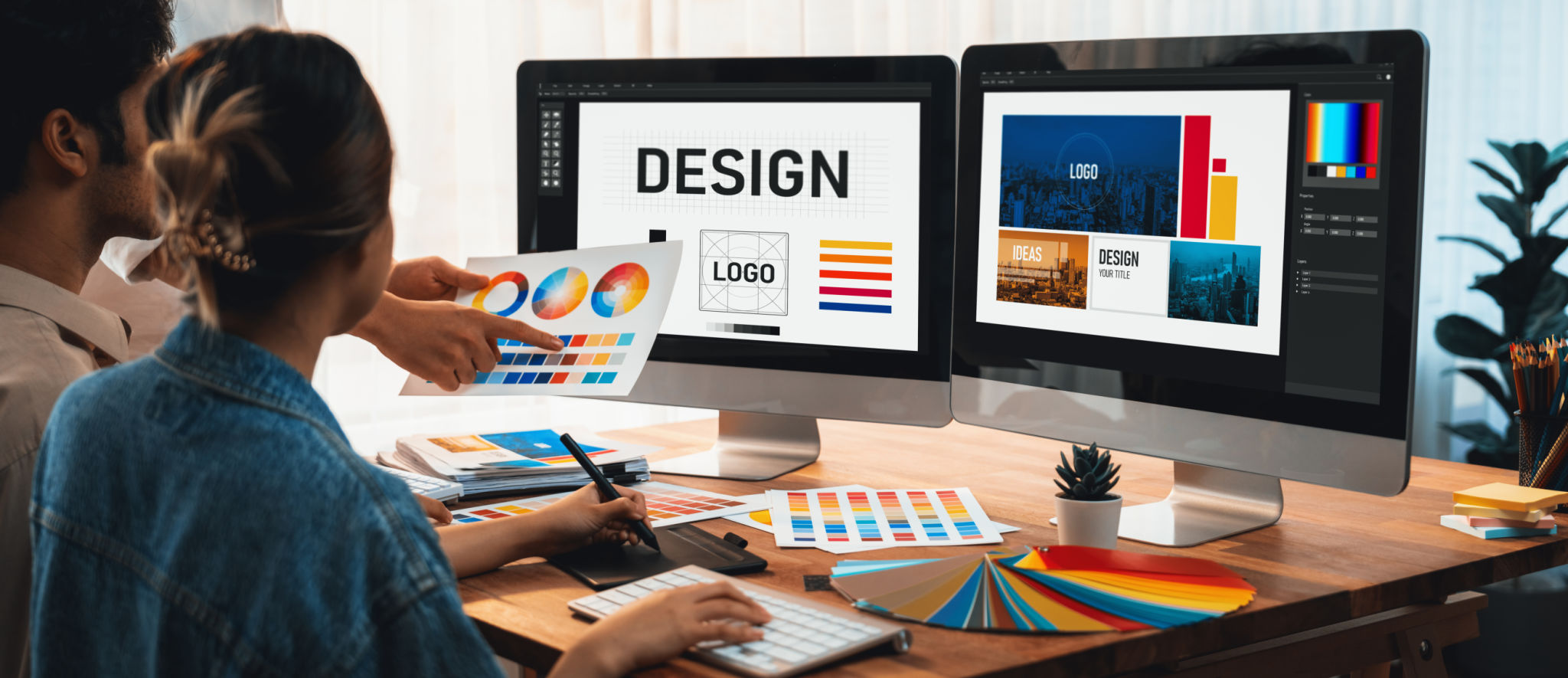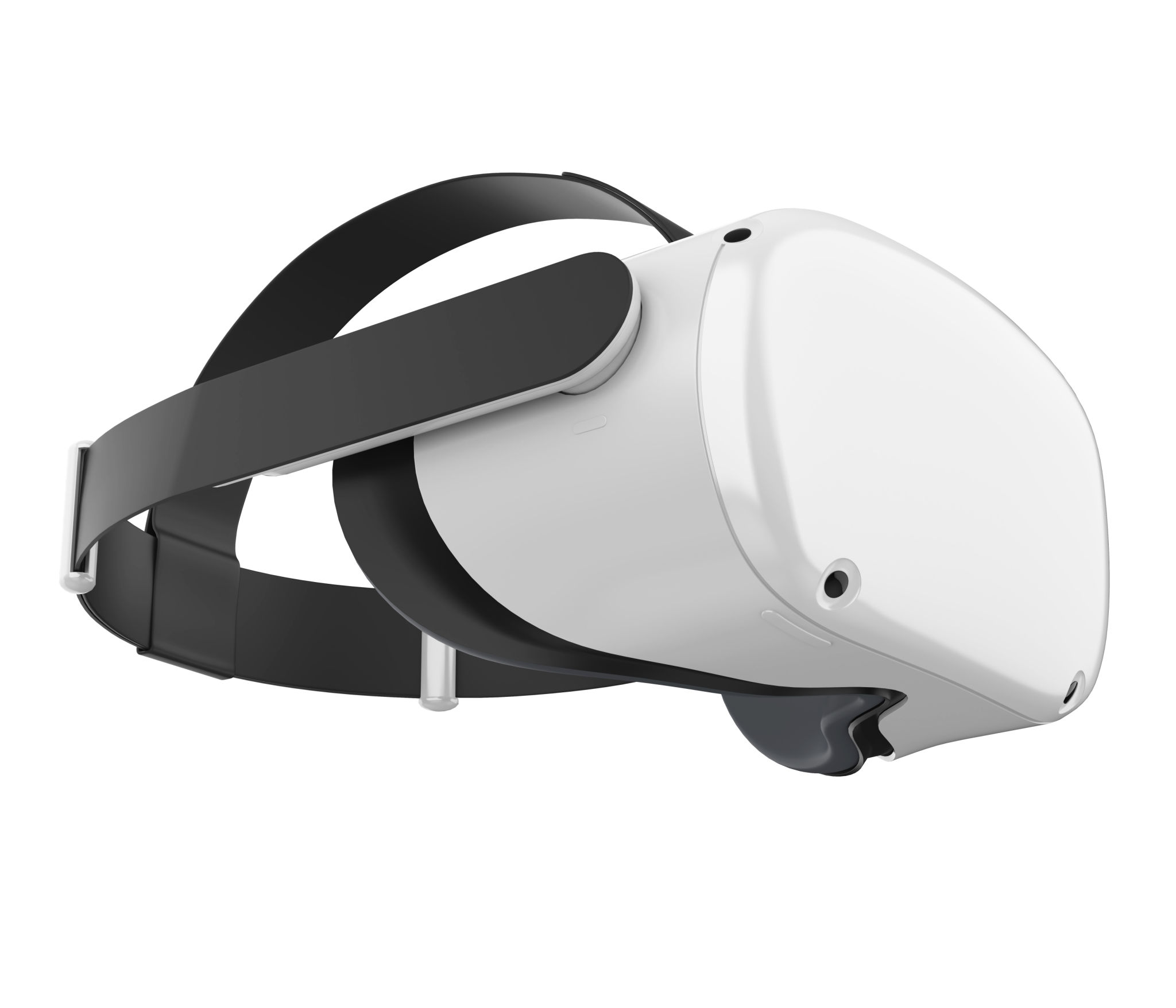Custom 3D Modeling: Transform Your Ideas into Reality
Discover the Power of Custom 3D Modeling
In today's fast-paced digital world, the ability to bring ideas to life through realistic visual representations is more valuable than ever. Custom 3D modeling is a transformative tool that allows creators, businesses, and innovators to visualize their concepts with incredible precision and detail. Whether you're an architect, a product designer, or an artist, 3D modeling can elevate your projects to new heights.

Understanding Custom 3D Modeling
At its core, custom 3D modeling involves creating three-dimensional representations of objects using specialized software. This process can transform anything from a simple sketch to complex engineering designs into a virtual model. These models can then be used for a variety of purposes, including prototyping, simulation, and even virtual reality experiences.
One of the most compelling aspects of 3D modeling is its versatility. It caters to various industries such as architecture, entertainment, healthcare, and manufacturing. The ability to see a fully realized version of your idea before it goes into production is a game-changer, saving both time and resources.
Benefits of Using Custom 3D Modeling
The benefits of employing custom 3D modeling are numerous. Here are some key advantages:
- Enhanced Visualization: 3D models provide a comprehensive view of a design, allowing users to explore every angle and detail.
- Improved Communication: Sharing a 3D model with stakeholders can facilitate better understanding and collaboration.
- Cost Efficiency: Identifying potential design flaws early in the process helps avoid costly mistakes in production.
- Innovative Design Capabilities: Experiment with different materials, colors, and forms before committing to a final design.

The Process of Creating a Custom 3D Model
The journey from concept to a finished 3D model involves several steps:
- Conceptualization: Begin with an idea or sketch that outlines the basic design.
- Modeling: Utilize 3D software to create the model's structure and refine its details.
- Texturing: Apply materials and colors to give the model a realistic appearance.
- Rendering: Produce high-quality images or animations of the model for presentation.
This process not only brings ideas to life but also allows for iterative improvements throughout the project lifecycle.
The Future of Custom 3D Modeling
The future of custom 3D modeling looks incredibly promising. With advancements in technology, such as augmented reality (AR) and virtual reality (VR), the integration of 3D models into immersive experiences is becoming more seamless. This opens up new possibilities for industries like real estate, gaming, and education.

Moreover, the rise of 3D printing technology complements 3D modeling by enabling the creation of tangible prototypes from digital designs. This synergy between modeling and printing is paving the way for more efficient manufacturing processes and innovative product development.
Conclusion: Bringing Ideas to Life
Custom 3D modeling is not just about creating digital representations; it's about transforming imagination into reality. As technology continues to evolve, the potential for 3D modeling in various fields will only expand. Whether you're looking to streamline your design process or create stunning visual content, embracing 3D modeling can be your gateway to innovation and success.
